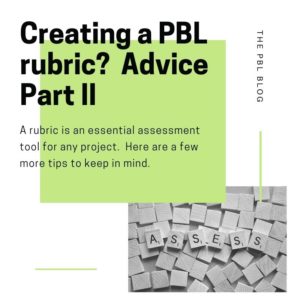In case my last post on rubrics wasn’t exhilarating enough, I’m back with a sequel! 
But seriously, rubrics are really valuable tools, especially as an assessment and guide for PBL instruction. If you ever struggle with creating rubrics (like I sometimes do), here are a few suggestions to help you along the way:
Add a Feedback Column
As I mentioned before, rubrics should provide students with a pathway to growth. Using a feedback column allows you to more explicitly identify that pathway, and to set goals or next steps for improvement. It’s also a space to praise students for their efforts that might not otherwise come through on the assessment itself.
Use the Rubric During Feedback and Revision
Ask your students to put on their teacher’s hat and use the rubric to provide project feedback to their peers. Applying the rubric to others’ work will push students to think more deeply about their assessment while raising the quality of student work prior to final presentations. Consider asking students to review work from a different class to provide a little distance (and less awkwardness) between student reviewers.
Keep It Simple
I try to follow the MAYA design principle: Most Advanced Yet Acceptable. I want to push my students’ thinking, but I also need my assessments to make sense; if I get too detailed, creating seven columns for every standard, we’re all going to get lost in the process. I tend to focus on the key skills and standards that I want students to demonstrate, and if my rubric grows beyond a page, front and back, I start to look at ways that the assessment can be chunked.
Don’t Get Too Far into the Weeds
Living the rubric life means accepting some level of ambiguity and subjectivity. Maybe that’s life in general…I know that I am prone to drift from describing performance to tallying action. For example, instead of, “Diversity of sources reflects multiple perspectives,” I sometimes get too specific with phrases like, “Includes citations from more than three sources.” This kind of language has its place in a checklist, but not in a rubric. Plus, injecting tallies into rubrics can disproportionately weight items and skew assessment. Giving a student a ‘1’ on a rubric for having ‘more than five grammatical errors’ in a 1000 word paper would not reflect what that student has learned.






